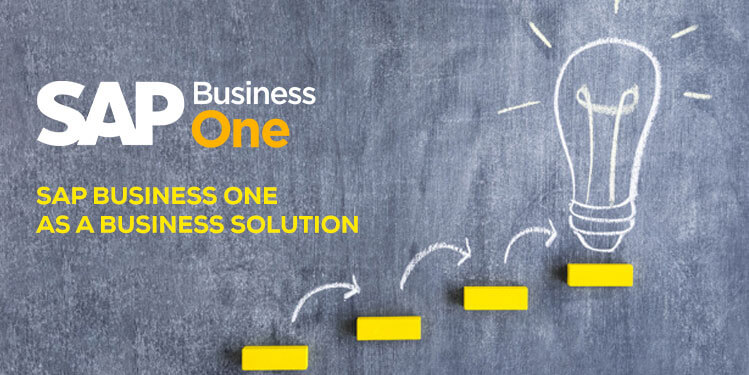SAP Business One is built for small to medium scale businesses. SAP stands for System Application and Processing and SAP Business One gives executives and managers quick access to important business information so they can confidently make informed business decisions, and offer more than just accounting.
Read also: Stands for SAP to the Importance of Using SAP Business One
SAP Business One is a comprehensive solution that covers almost all aspects of your business including finance, logistics/operations, and customer relationship management. At present, SAP Business One has more than 46,000 customers served by 1500 certified SAP Business One partners, covering more than 25 different industries in 120 different countries.
This is proof that SAP Business One has worked for many companies like yours, and that support and development is a priority when it comes to providing solutions and services that have the highest standards.
SAP Makes Decision Makers Easier
Managers are no longer required to run reports to obtain management information. The system runs the report at a predetermined time and the report is sent to the relevant recipient.
With workflow-based warnings, SAP Business One monitors and takes action on business events that occur. Then management automatically detects, records and reports exceptions easily.
Very Flexible
SAP Business One users can specify their preferences for fields, data types, policies and reports without time-consuming IT involvement. Changes made to SAP Business One take effect immediately in all relevant and related fields, so you can adjust SAP Business One to suit the way you do the business that you are in.
Read also: Benefits SAP Business One for Entrepreneurs SMES in Indonesia
The varying levels of adjustment in SAP Business One make it easy to add unique business processes to a standard system. Integration skills offer flexible integration between external systems and SAP Business One.
Good Financial Features
A business will be very related to finance. A good business needs a suitable financial system. Without a good accounting and financial system, a business can be destroyed.
The benefits you will experience include handling all of your financial transactions, including ledgers, journal entries, budgeting, and managing and maintaining accounts in one system, with comprehensive tools and reports.
Manage budget creation, allocation and distribution. Provide budget tracking, reporting, and alerts that notify users who are responsible each time a transaction exceeds a monthly or annual budget limit.
Read also: The Advantages of Using SAP Business One and Its Prices
Track all banking processes such as cash receipts, check writing, deposits, prepayments, credit card payments, and account reconciliation. Provides easy-to-use financial statements, including balance sheets, income statements, cash flow analysis, transaction reports, multi-period comparisons, and budget reports.
Automate, integrate, and manage all financial processes in your company with one solution, eliminating duplicate entries and errors. Close your book faster with automated processes and the ability to access accurate and timely financial information.
Get an integrated financial view of your business by integrating accounting data with sales, purchases, inventory and operational information.
Management Features
One management feature is ordering and shipping. Management features simplify sales order entry by giving order takers a full view of the stock position of goods in several warehouses when there is a shortage.
Existing functionality for Promises ensures order takers can choose to order from a list of alternative items, or allow items to be partially shipped. Orders can be made that support different delivery dates and shipping addresses for each line item.
Baca juga: Module Types and SAP Business One Implementation Objectives
SAP Business One users can automatically create purchase orders from sales orders and send them to the customer’s site.
The shipping function in SAP Business One allows the shipping department to produce the packaging documentation needed for all goods sent to customers. The default packaging process facilitates the input of ‘virtual’ goods into various packages during the shipping process.
Users can save shipping tracking numbers and access shipping status in delivery notes by clicking on a laptop mouse or online. The warehouse stock amount is updated automatically when shipping is done using SAP Business One.


